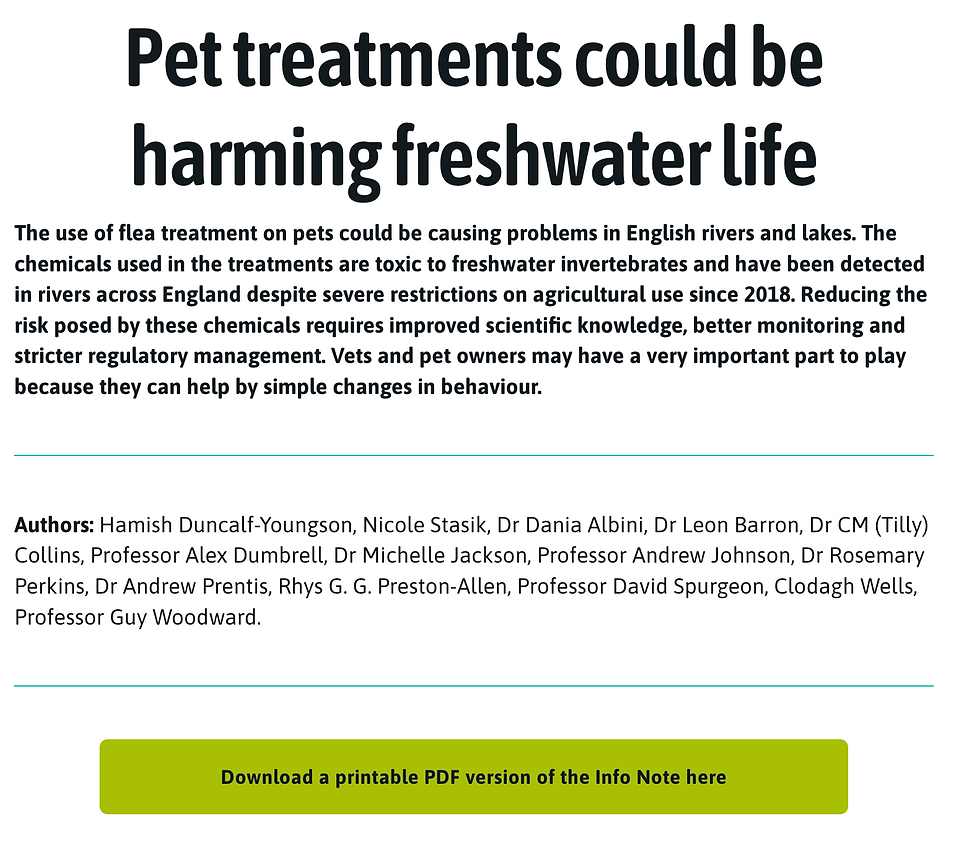New: Turning defence into offence?Chlorella's ability to turn defence into offence against predators
- Dania Albini
- Sep 16, 2020
- 1 min read

I am very happy to talk about our new paper. DOI: https://doi.org/10.1098/rsos.200249.
We reported a novel anti-grazer strategy in C. vulgaris against combined stressors: predation (by Daphnia magna and Simocephalus) and light.
Chlorella cells entered the grazer's brood chamber, presumably using the brood current generated by their abdominal appendages. Once inside,Chlorella colonised the eggs, significantly reducing reproductive success.The effect was clear under 24h light or higher light intensity.

Daphnia magna female with Chlorella vulgaris (green) in the brood chamber.

Detail of Daphnia magna brood chamber with Chlorella vulgaris (green) around the eggs (orange) in the brood chamber.

Daphnia magna brood chamber content: D. magna eggs (orange) surrounded by Chlorella vulgaris (green).
Chlorella cells remained viable following removal from the grazer’s brood chambers, continuing to grow when inoculated in a new fresh medium.
This new defensive mechanism against high exposure to light intensity and predation can be very important in the natural aquatic ecosystems. Climate changes are playing a major role in the modification of aquatic bodies and altered light penetrations would be expected.
Increased light exposure can affect the rates of phytoplankton primary production and species composition would change, annual production would increase and phytoplankton biomass might increase, producing cascade effects on the zooplankton abundance and on their interactions.


Comments